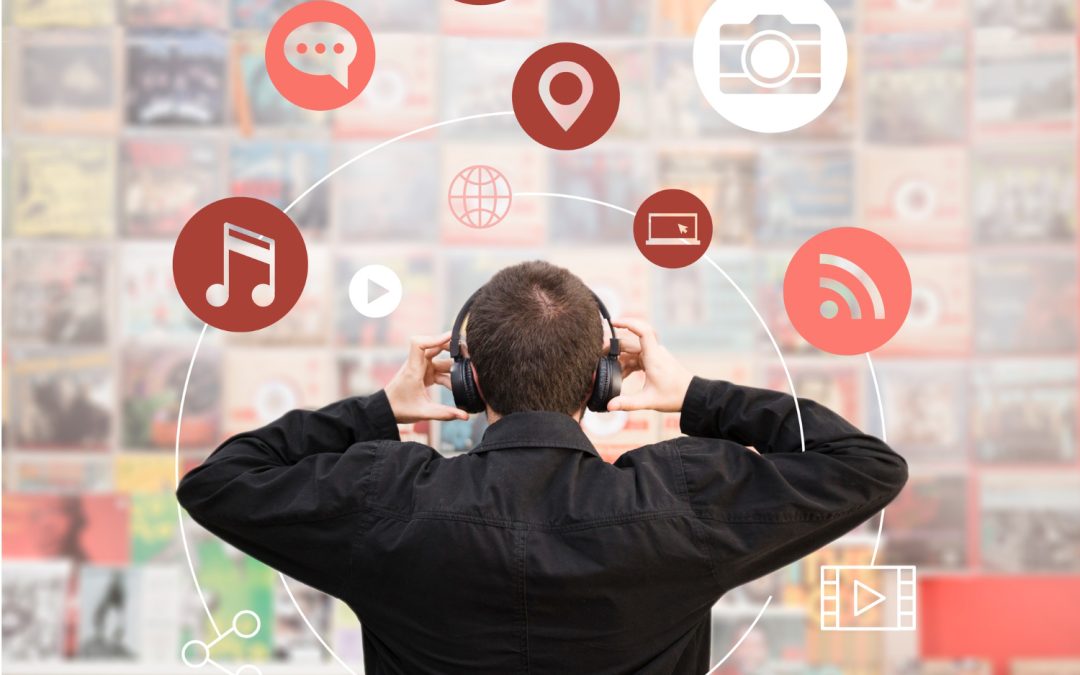In today’s digital-first world, the Events Industry has become one of the most significant catalysts for social media growth. From large-scale music festivals and global conferences to intimate product launches and pop-up shops, the dynamic nature of events provides a wealth of shareable content, real-time engagement opportunities, and viral moments. Social media, in turn, magnifies the reach and impact of these events, creating a symbiotic relationship between the two. But how exactly does the Events Industry fuel social media growth? Let’s explore the multifaceted ways in which lived experiences power digital conversations.
The Events Industry Creates Authentic, Real-Time Content
One of the most valuable currencies on social media is authenticity. Users crave behind-the-scenes moments, live updates, and unfiltered reactions, and the events industry thrives on creating these experiences.
When attendees post photos, videos, and live streams, they generate real-time, user-generated content (UGC) that fuels social platforms. This kind of organic content performs better in terms of engagement compared to polished corporate posts. The Events Industry’s ability to create immersive, real-time moments people want to share naturally boosts activity and growth across social media platforms.
Hashtag Campaigns and Branded Moments
Events are often paired with unique hashtags and branded content that help unify social conversations. Event organizers in the Events Industry carefully craft hashtags to make it easier for users to find and contribute to the buzz. Hashtags like #SXSW, #ComicCon, or #FashionWeek have become digital rallying points for conversation.
Beyond hashtags, the Events Industry also excels at designing visually captivating moments, like branded photo booths, artistic installations, or celebrity appearances, that encourage attendees to share their experiences. These activations are often deliberately placed in high-traffic areas to maximize visibility on social media.
Such strategies turn every guest into a potential brand ambassador, spreading the event’s message to their followers and generating exponential reach for the brand and the event itself.
Influencer and Celebrity Amplification
Influencer marketing is a key component of strategies across both social media and live events. The Events Industry invites influencers and celebrities to attend high-profile events, leveraging their reach to drive awareness.
When influencers attend a fashion show, tech expo, or luxury product launch, their followers are introduced to the event through an authentic lens. This drives engagement, attracts more eyes to the event, and often encourages others to attend in the future or engage online.
Moreover, these collaborations are a two-way street. Influencers gain exclusive content and experiences to share, while the Events Industry gains access to new demographics and broader social reach.
Live Streaming and Virtual Access
The rise of virtual and hybrid events, especially after the COVID-19 pandemic, has opened up the Events Industry to wider audiences. Platforms like YouTube, Facebook Live, Instagram Live, and Twitch allow users to participate in real-time events, regardless of geographic boundaries.
Even after the event ends, the content lives on. Recorded sessions and highlights continue to attract views and shares, further extending the social shelf life of an event.
Supporting Emerging Platforms and Trends
Finally, the Events Industry often serves as a testing ground for emerging social media platforms and content trends. From early adoption of live streaming to integrating augmented reality (AR) experiences, event organizers are often at the forefront of digital experimentation.
By constantly innovating, the Events Industry helps push social media boundaries and encourages platforms to evolve and adapt to user expectations.
Conclusion
The Events Industry and social media share a powerful, mutually beneficial relationship. Live events offer real-time, engaging content that thrives on social platforms, while social media extends an event’s reach, impact, and lifespan. Through influencer promotion, interactive engagement, and virtual experiences, events shape how content is created and shared. As both industries evolve, their synergy will continue to fuel innovation, foster community, and strengthen global connections in the digital era.


